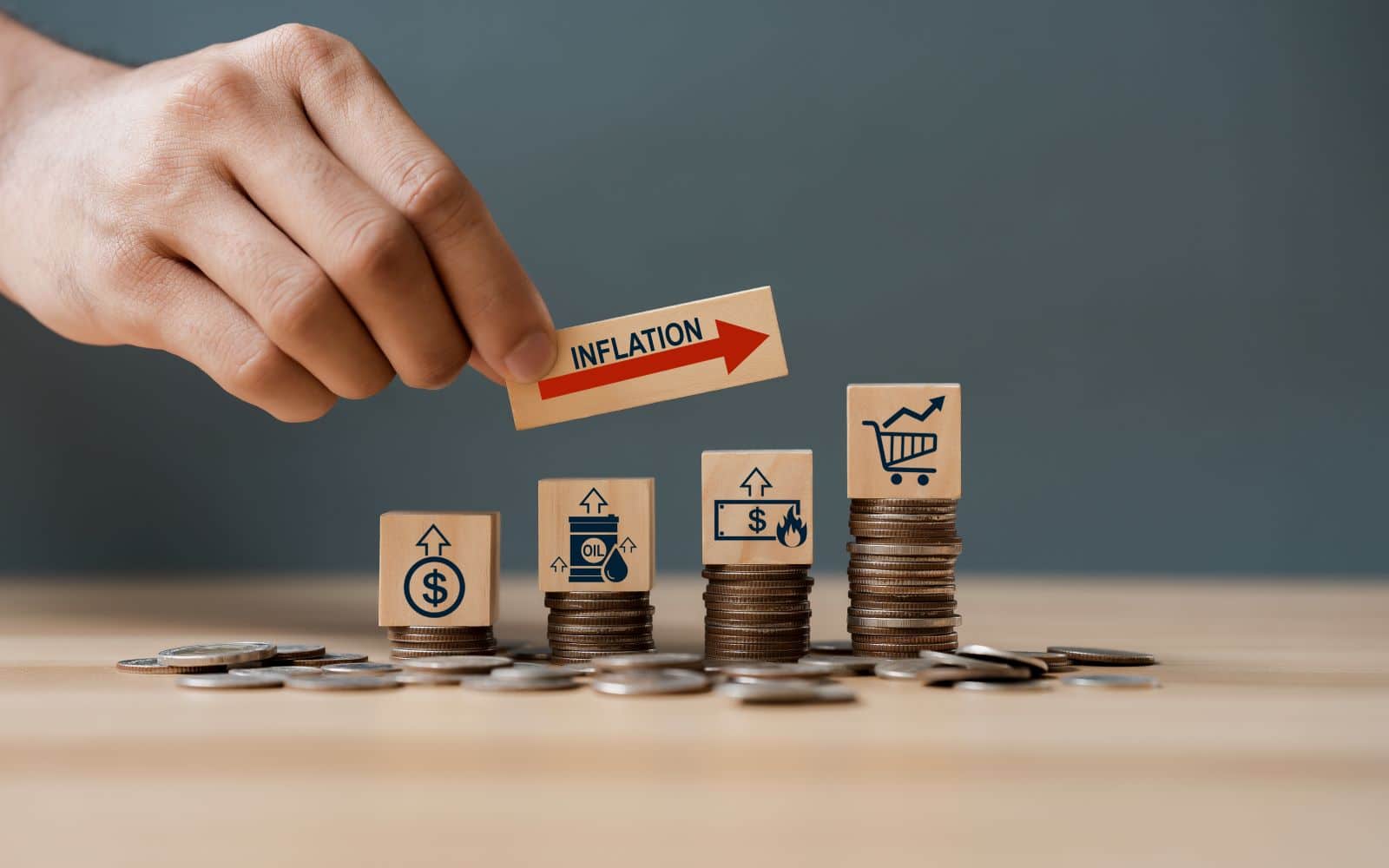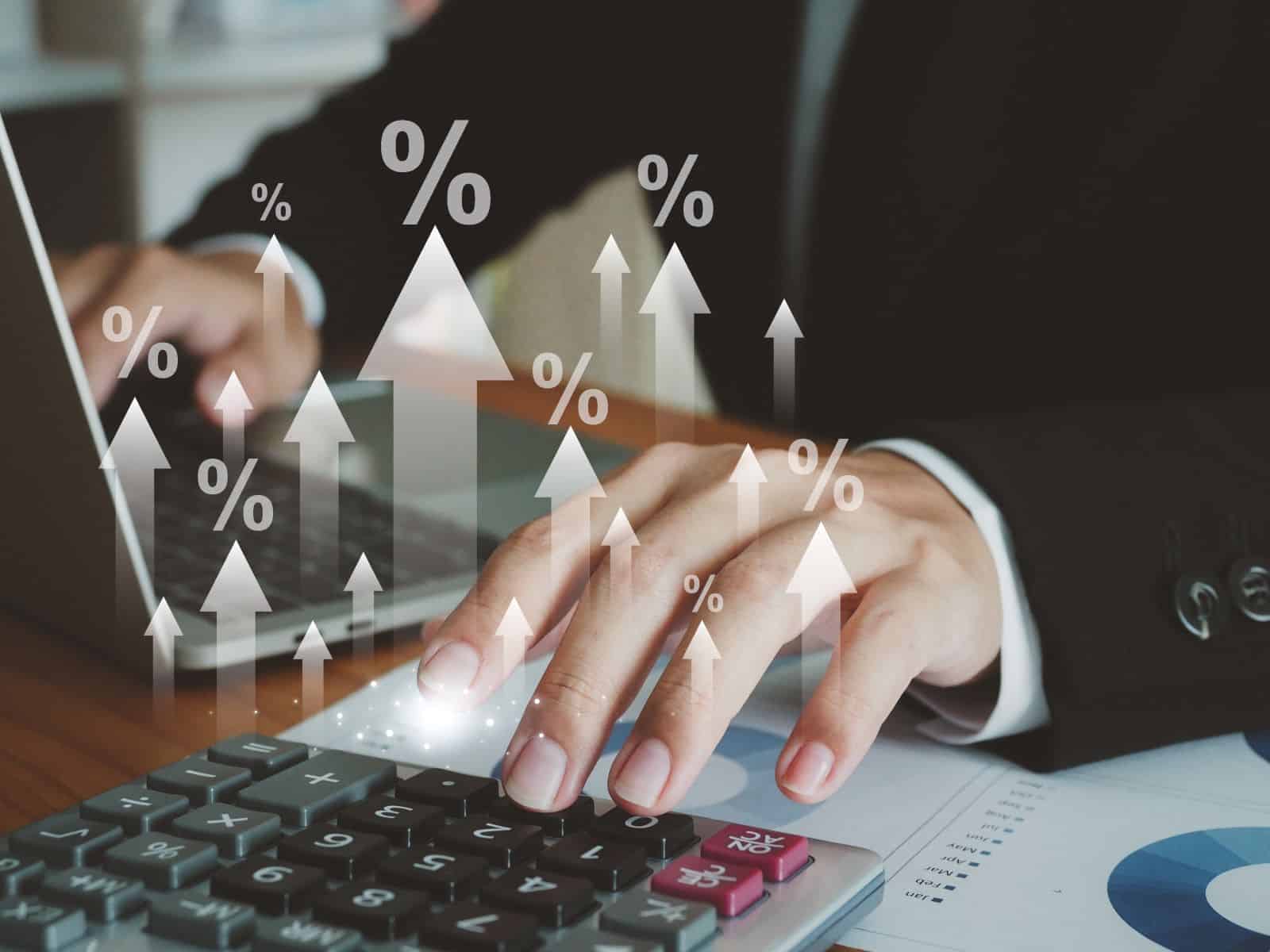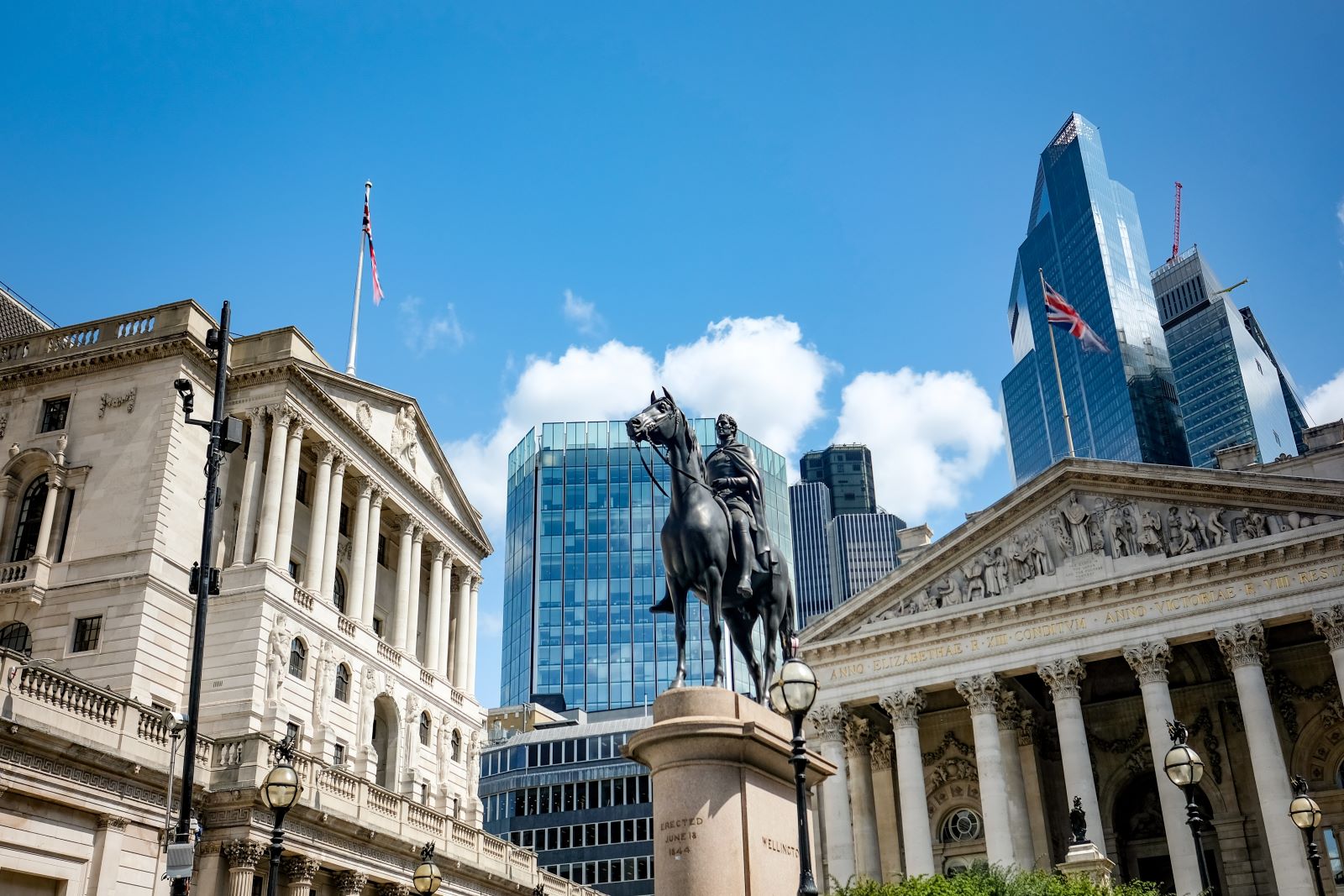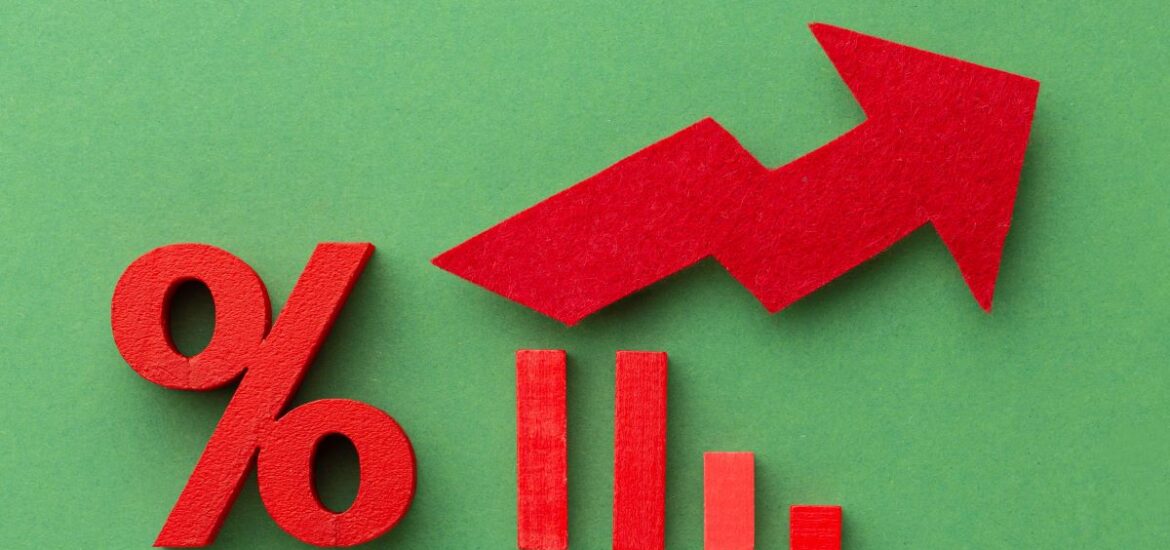Interest rate hikes are a powerful tool used by central banks to manage inflation and economic growth. However, these increases can have far-reaching effects on various aspects of the economy, particularly consumer spending and business investment. This article explores the multifaceted impact of rising interest rates on these crucial economic drivers.
Understanding Interest Rate Hikes

Before delving into the effects, it’s essential to understand what interest rate hikes are and why they occur. Central banks, such as the Federal Reserve in the United States, adjust interest rates to maintain economic stability. When inflation is high or the economy is overheating, they may increase interest rates to slow down borrowing and spending.
The Immediate Impact on Consumer Spending
Increased Borrowing Costs
One of the most direct effects of interest rate hikes is the increase in consumer borrowing costs. This impacts various types of loans:
- Mortgages: Higher rates make home loans more expensive, potentially cooling the housing market.
- Auto loans: Car financing becomes pricier, possibly deterring some buyers.
- Credit cards: Higher interest rates on credit card balances can increase debt burdens.
Changes in Saving Behavior
As interest rates rise, savings accounts and certificates of deposit (CDs) typically offer better returns. This can encourage some consumers to save more and spend less, further dampening overall consumer spending.
Long-Term Effects on Consumer Behavior
Shift in Purchase Priorities
Consumers may reassess their spending priorities when faced with higher borrowing costs. Big-ticket items that typically require financing, such as homes and cars, might be postponed or reconsidered altogether.
Debt Management Focus
Higher interest rates can prompt consumers to focus more on paying down debts rather than on new ones. This shift can lead to a decrease in discretionary spending as more income is directed towards debt repayment.
Impact on Business Investment

Cost of Capital
For businesses, interest rate hikes mean a higher cost of capital. This can affect various aspects of business operations and decision-making:
- Expansion plans: Companies may delay or scale back expansion projects due to increased financing costs.
- Equipment purchases: Businesses might postpone upgrading equipment or machinery.
- Research and development: Higher borrowing costs can lead to reduced investment in R&D activities.
Changes in Consumer Demand
As consumer spending patterns shift, businesses must adapt their strategies. Some sectors may see decreased demand, while others might experience growth. For example, the home improvement sector might benefit as people choose to renovate rather than move.
Sector-Specific Impacts
Real Estate and Construction
The real estate sector often feels the immediate impact of interest rate hikes. Higher mortgage rates can lead to a slowdown in home sales and new construction projects. This ripple effect can extend to related industries such as furniture and home appliances.
Banking and Financial Services
While higher interest rates can benefit banks through increased net interest margins, they may also face challenges. As lending becomes more expensive, the demand for loans may decrease. Financial institutions may need to adjust their strategies, potentially exploring alternative revenue streams or refining their lending criteria.
In this evolving landscape, some institutions have adapted by offering more flexible options, such as loans over the phone, to maintain competitiveness and accessibility for borrowers despite the higher rates.
Manufacturing and Retail
Manufacturing companies may face dual pressures: higher costs for financing operations and potentially reduced consumer demand for their products. Retailers, especially those selling big-ticket items, might see a decline in sales as consumers become more cautious with their spending.
The Balancing Act for Businesses

Inventory Management
With potentially reduced consumer spending, businesses may need to reassess their inventory management strategies. Overstocking could lead to increased carrying costs while understocking might result in missed sales opportunities.
Pricing Strategies
Businesses must carefully consider their pricing strategies in light of higher interest rates. While there may be pressure to increase prices to offset higher costs, this must be balanced against the risk of losing price-sensitive customers.
Innovation and Efficiency
Driving Operational Efficiency
Higher costs of capital can push businesses to seek greater operational efficiencies. This might involve:
- Streamlining processes
- Adopting new technologies
- Reevaluating supply chains
Focus on Innovation
Some businesses may respond to the challenges posed by higher interest rates by doubling down on innovation. Creating unique, high-value products or services can help maintain market share even in a more constrained spending environment.
The Global Perspective
International Trade and Investment
Interest rate hikes in major economies can have global repercussions. They can affect currency exchange rates, potentially impacting international trade and foreign direct investment.
Emerging Markets
Developing economies may face particular challenges when interest rates rise in developed countries. They might experience capital outflows as investors seek higher returns in safer markets, potentially leading to currency depreciation and economic instability.
Policy Implications and Government Response

Fiscal Policy Adjustments
Governments may need to adjust their fiscal policies in response to interest rate hikes. This could involve changes in taxation, public spending, or targeted economic stimulus measures to support affected sectors or vulnerable populations.
Balancing Act for Central Banks
Central banks face the challenging task of balancing inflation control with economic growth. They must carefully calibrate interest rate decisions to avoid stifling economic activity while keeping inflation in check.
Conclusion
Interest rate hikes have complex and far-reaching effects on consumer spending and business investment. While they can help control inflation and maintain economic stability, they pose challenges for individuals and businesses.
Consumers may need to reassess their spending and saving habits, while businesses must adapt their strategies to navigate a changing economic landscape. The key to thriving in this environment lies in flexibility, innovation, and a keen understanding of evolving market dynamics.
As economies evolve, the interplay between interest rates, consumer behavior, and business investment will remain a critical factor in shaping economic outcomes. Both individuals and businesses that can adapt quickly and strategically to these changes will be best positioned to weather the challenges and capitalize on the opportunities that arise in a higher interest-rate environment.
The post Interest Rate Hikes: Impact on Consumer Spending and Business Investment first appeared on From Frugal to Free.
Featured Image Credit: freepik.
